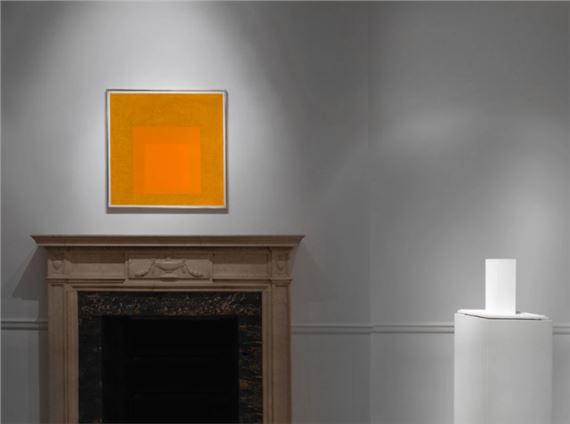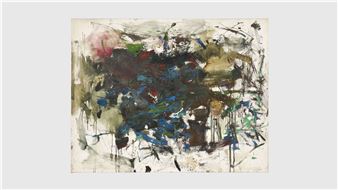Minimal Means: Concrete Inventions in the US, Brazil and Spain
Minimal Means explores the shared language of geometric and reductive abstraction through a transnational lens, connecting artistic practices from the United States, Brazil, and Spain that emerged in the mid-20th century. Curated by Joan Robledo-Palop, the exhibition brings together thirty works by seventeen pioneering artists, including Anni and Josef Albers, Agnes Martin, Lygia Clark, Jorge Oteiza, and Elena Asins. Despite working independently, these artists developed similar methods rooted in Constructivism, geometric abstraction, and Bauhaus principles. Their works—defined by lines, grids, structures, and modular forms—investigate sensory perception through minimalist aesthetics shaped by distinct political and cultural contexts.
The exhibition highlights how artistic exchange occurred through geographic displacement, travels, and intellectual influences. Josef Albers’ impact on Brazilian art, Jorge Oteiza’s travels to São Paulo, and Manuel Barbadillo’s experiments with modular systems in New York illustrate how these artists transcended borders through shared visual languages. Notably, Minimal Means celebrates the vital contributions of female artists like Agnes Martin, Lygia Pape, and Mira Schendel, whose groundbreaking works helped redefine artistic production despite significant challenges. This exhibition emphasizes that geometric abstraction, far from being a localized movement, became a global artistic achievement that continues to inspire cross- cultural understanding and innovation.

Recommended for you
Minimal Means explores the shared language of geometric and reductive abstraction through a transnational lens, connecting artistic practices from the United States, Brazil, and Spain that emerged in the mid-20th century. Curated by Joan Robledo-Palop, the exhibition brings together thirty works by seventeen pioneering artists, including Anni and Josef Albers, Agnes Martin, Lygia Clark, Jorge Oteiza, and Elena Asins. Despite working independently, these artists developed similar methods rooted in Constructivism, geometric abstraction, and Bauhaus principles. Their works—defined by lines, grids, structures, and modular forms—investigate sensory perception through minimalist aesthetics shaped by distinct political and cultural contexts.
The exhibition highlights how artistic exchange occurred through geographic displacement, travels, and intellectual influences. Josef Albers’ impact on Brazilian art, Jorge Oteiza’s travels to São Paulo, and Manuel Barbadillo’s experiments with modular systems in New York illustrate how these artists transcended borders through shared visual languages. Notably, Minimal Means celebrates the vital contributions of female artists like Agnes Martin, Lygia Pape, and Mira Schendel, whose groundbreaking works helped redefine artistic production despite significant challenges. This exhibition emphasizes that geometric abstraction, far from being a localized movement, became a global artistic achievement that continues to inspire cross- cultural understanding and innovation.

 ARTISTS
ARTISTS
















